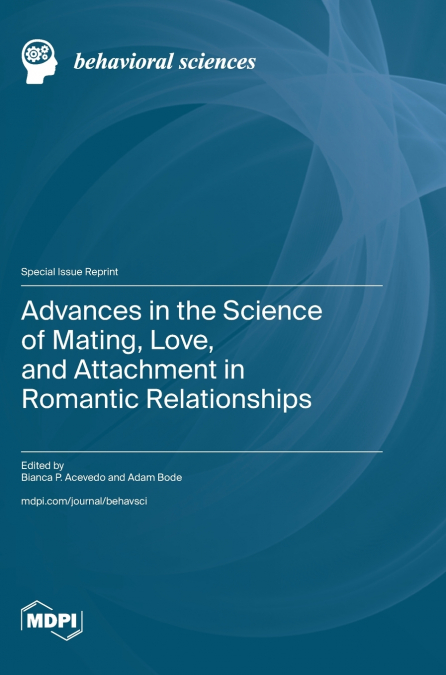
In recent decades, researchers have made notable advances in the science of pair bonding, romantic love, and attachment. Access to novel instruments and methods-including fMRI, EEG, and virtual reality-as well as animal studies, has provided a platform to advance our understanding of the factors and mechanisms that underly the formation and maintenance of pair bonds and other attachment relationships. From short to long-term pair bonds, the great variation in relationship strategies has opened up important areas of research. Thus, this Special Issue, entitled 'The Advances in the Science of Mating, Love, and Attachment', showcases the emerging and evolving field of relationship science, including a collection of studies that examine romantic relationships through a new lens or build upon existing work. The resulting collection includes 12 peer-reviewed articles, representing seven countries that examine a range of topics on the science of love and attachment, using a variety of methods-including virtual reality, EEG, and Q methodology. Collectively, the works in this Special Issue highlight the richness of relationship science representing countries around the globe, various methods, and topics that reveal the complexity of love and attachment in our species. This Special Issue also marks a goal met of casting a wide net, resulting in a collection of studies that expand borders and broaden our understanding of human relationships around the globe.